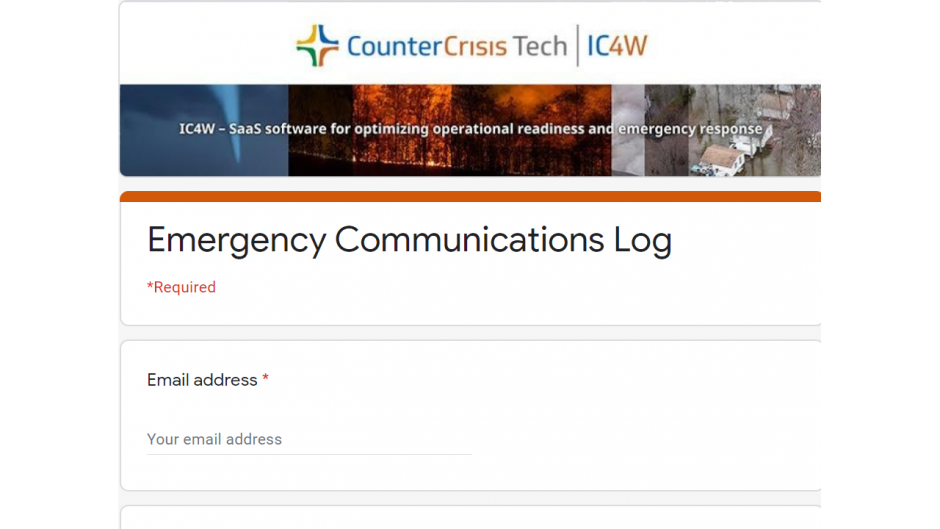Technology as a Force Multiplier
In Canada, the next wave of COVID is building. We have anti-mask protests and police de-funding protests. We have smoke from wildfires in the west. And who knows what is going to happen on November 3rd, or what it is going to mean for Canadians? We live in a great country, but we are not well prepared for climate change or any number of other natural or human-induced hazards, which we all face.
It is true we have made progress over time, and we should take credit where credit is due. But, for someone who has been around the risk business for a while, progress does seem slow – and the majority of emergency managers admit this – especially in relation to the potential consequences associated with the growing list of hazards we are seeing now.
Funding is a problem as is political will. These age-old barriers to optimal emergency management may not change any time soon but this does not mean we should stand still. There are some basic steps we can take today that will lead to better outcomes tomorrow, especially with respect to how technology can be applied effectively in this digital age.
Early in my career as an emergency manager in the Lower Mainland of British Columbia, I was fortunate to receive hands-on guidance from a knowledgeable Navy Commodore on the practical application of enabling technology as a capability force multiplier. Having since been a participant in many successful incident management system implementations, both large and small, I still believe the “technology as a force multiplier” concept holds true, and I believe it is more necessary today than ever before. We have the tools. Let’s use them! (https://countercrisis-tech.com)






